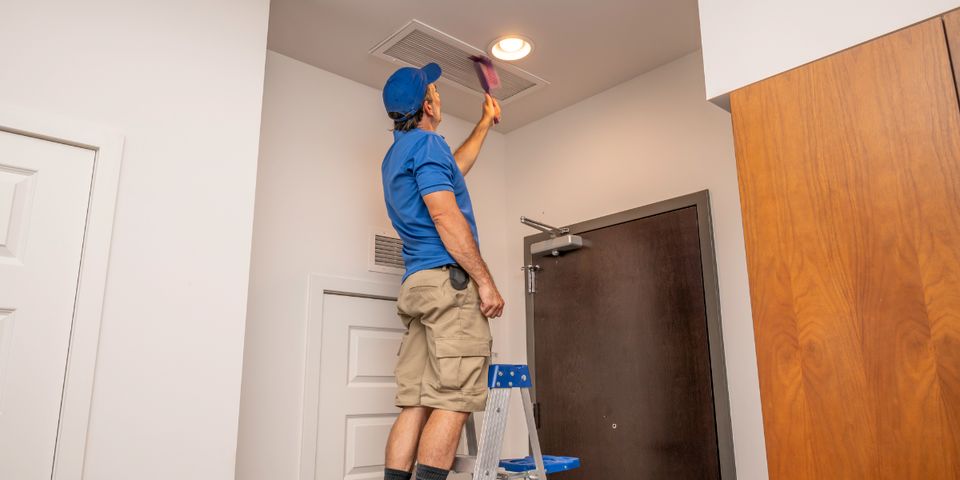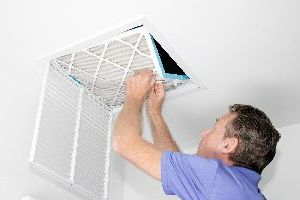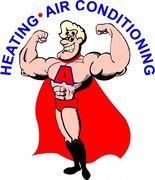A Guide to Cold Air Return Vents

If you’re reorganizing a room, it’s important to take note of where your HVAC vents are. These are usually mounted on the wall or set into the floor, and they play an essential role in heating and cooling. Understanding what they do will ensure you don’t interfere with the system and require repairs from an HVAC contractor. Here's a closer look at how comfortable airflow gets into the rooms of your home.
What Are Cold Air Return Vents?

Central air heating and cooling systems use air ducts to circulate warm or refrigerant-cooled air throughout a home. The air is released through registers in each room, and once the programmed temperature is achieved, the thermostat shuts off.
Between one and 10 return vents are located on the interior walls of rooms and are larger than the air supply vents. You can also tell the difference because they don’t have louvers that allow you to open and close the grate. These vents draw ambient air from the room and back into the HVAC system to be heated or cooled again.
Why Should You Never Cover These Vents?
Blocking cold air return vents interferes with your HVAC system’s process. Hanging a painting over one, for example, makes it more difficult for your system’s fan to draw air in. It will then overwork itself, using more electricity and straining internal parts. This will then lead to higher energy bills.
Covering them can also cause the evaporator coils on your outdoor unit to freeze. These are responsible for removing hot air from your home and will require an HVAC contractor to repair. Generally, it's best to leave 6–12 inches of space between the return vent and any furniture.
If you need assistance with your HVAC system, contact the trusted technicians at A-Team Services Heating & Air. They’ve served residential and commercial customers in the Marietta, GA, area since 1999 and provide 24/7 help with repairs, inspections, and installations. They’re committed to keeping their clients comfortable, so call (770) 343-3507 today to schedule an inspection. Visit their website to learn more about this HVAC contractor.
About the Business
(3 reviews)
Have a question? Ask the experts!
Send your question

